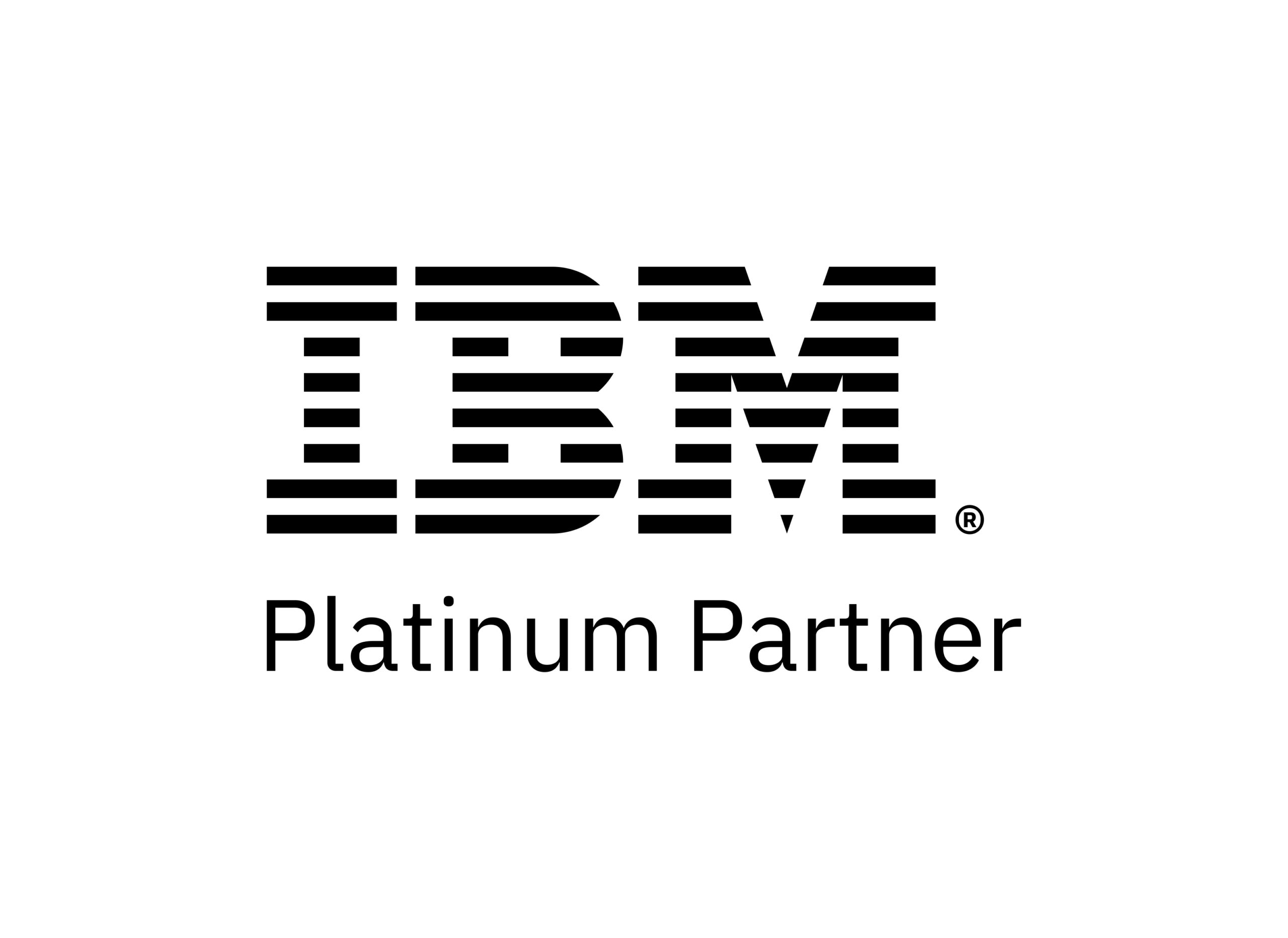Secure File Transfers in Business

Secure File Transfers in Business
As organizations increasingly rely on digital communication and collaboration, the protection of sensitive data during transmission has become important. Secure file transfers are essential for businesses, and adopting robust security measures can safeguard against potential risks. From defining the concept of secure file transfers to understanding the consequences of insecure practices, discover the critical role that secure file transfers play in ensuring the integrity, confidentiality, and compliance of business data.
Sections
Risks of Insecure File Transfer
Insecure file transfers can pose significant threats to both the integrity of data and the overall well-being of organizations. Understanding these risks is crucial for businesses aiming to fortify their digital infrastructure.
- Data Breaches and Security Threats: Insecure transmissions open the door to unauthorized access, making sensitive information susceptible to malicious actors. From financial records to customer details, the fallout from a data breach can be catastrophic, eroding trust and damaging reputations.
- Legal and Regulatory Consequences: Insecure file transfers not only jeopardize compliance but also expose organizations to legal repercussions. Fines, penalties, and legal actions become real threats, making it imperative for businesses to prioritize secure file transfer practices.
Key Considerations for Secure File Transfer
Implementing these considerations not only mitigates risks but also establishes a robust foundation for secure digital communication.
1. End-to-End Encryption
End-to-End Encryption stands as a pinnacle in the encryption hierarchy. In this approach, data remains encrypted from the point of origin to its final destination, ensuring that only the intended recipient possesses the decryption key. E2EE eliminates vulnerabilities along the transmission path, offering a comprehensive defense against potential interception and unauthorized access.
- Mitigating Eavesdropping: Encryption thwarts eavesdroppers by transforming the intercepted ciphertext into an inscrutable jumble, rendering the information useless without the proper decryption key.
- Protecting Data Integrity: Encryption not only secures data confidentiality but also verifies its integrity. Any tampering with the ciphertext becomes immediately apparent during decryption, alerting parties to potential security breaches.
2. Authentication and Access Control
Beyond the methods of authentication, Role-Based Access Control (RBAC) emerges as a strategic framework. RBAC categorizes users into roles based on their responsibilities, granting access permissions accordingly. This granular approach ensures that individuals only access the information necessary for their roles, minimizing the risk of unauthorized data exposure.
- Identity Verification: User authentication protocols are the gatekeepers that verify the identities of individuals seeking access to sensitive data. By confirming the legitimacy of users, these protocols prevent unauthorized entities from infiltrating secure systems.
- Access Control: The intricacies of user authentication extend beyond identity verification to robust access control. By employing a combination of authentication methods and RBAC, organizations can tailor access permissions, allowing only authorized personnel to engage in the exchange of sensitive files.
- Mitigating Risks: User authentication protocols serve as a bulwark against risks associated with unauthorized access. Whether through stolen credentials or malicious actors, these protocols fortify the
Best Practices for Secure File Transfer
Selecting the right file transfer software plays a pivotal role in establishing a secure framework. Opting for solutions that support encryption, authentication, and monitoring capabilities ensures a robust defense against potential threats.
Seamless integration with existing systems enhances the efficiency of secure file transfers. Whether connecting with cloud storage, enterprise applications, or collaboration platforms, a well-integrated solution streamlines workflows while maintaining the integrity of data transmissions.
Adopting these best practices helps:
- Enhance Security: The use of secure protocols and robust file transfer solutions ensures that data remains protected from interception and unauthorized access.
- Compliance Assurance: Adhering to best practices facilitates compliance with data protection regulations and industry standards, shielding organizations from legal and regulatory consequences.
- Efficient Workflows: Choosing the right file transfer software and integrating seamlessly with existing systems optimizes workflows, allowing for the swift and secure exchange of information.
Find the Right File Transfer Solution for Your Business
At PacGenesis, we partner with industry leaders to help businesses secure their content and crucial data with secure file transfer solutions. With over 10 years of experience in cybersecurity and file transfer systems, we are here to help you find a solution that works for your business needs. Contact us today for a consultation on what you’re looking for and how PacGenesis can help.



